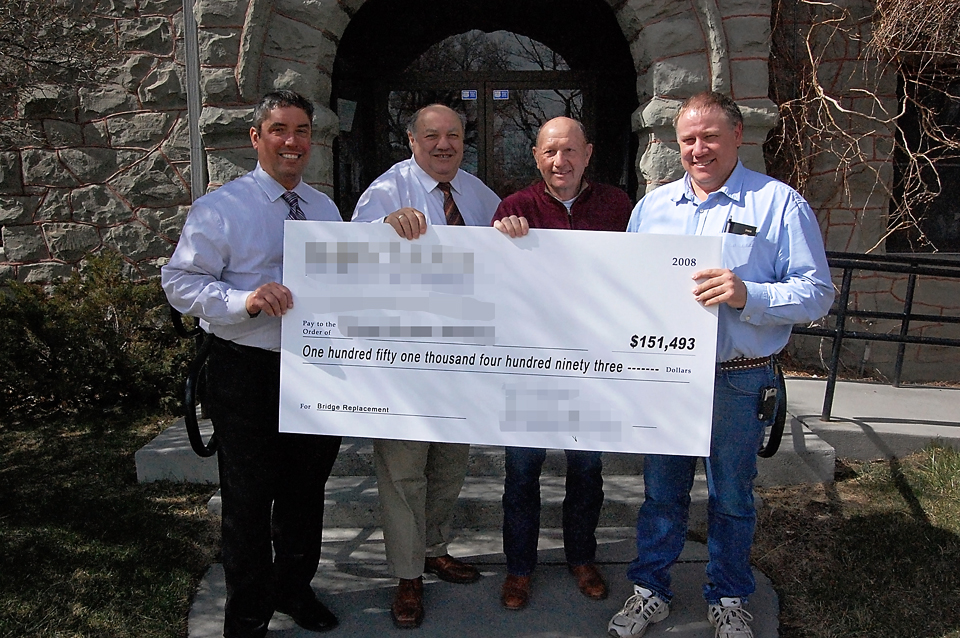The Importance of Infrastructure Planning and How to Fund it in Idaho
We all have inspiring visions for our communities. We want clean water, quality schools, reliable infrastructure, safe streets, a thriving economy, and parks for our kids to play in. Comprehensive planning provides a framework to help communities transform their ideas into  reality. It is a means to bring about a difference and vital improvements to a community. Planning helps maximize city and county budgets by prioritizing infrastructure investments, while balancing demands for growth with the need to protect the integrity of the community and environment. In addition, planning efforts involve the public, building necessary public support for infrastructure investment.
reality. It is a means to bring about a difference and vital improvements to a community. Planning helps maximize city and county budgets by prioritizing infrastructure investments, while balancing demands for growth with the need to protect the integrity of the community and environment. In addition, planning efforts involve the public, building necessary public support for infrastructure investment.
Planning documents such as Facility Plans, Capital Improvement Plans (CIPs), and Transportation Plans evaluate and prioritize infrastructure needs. By prioritizing infrastructure needs, limited community funds are used most efficiently. Planning documents can include:
|
|
And much more!
Planning is required by most state and federal funding agencies when applying for construction grants/loans. The initial investment in planning documents can ultimately save a community financial resources and set them up for successful projects which will spur economic and community development. There are a variety of opportunities to fund the development of these plans. Below is a brief outline of some funding opportunities available to develop plans.
- USDA Rural Development Special Evaluation Assistance for Rural Communities and Household (SEARCH) Grant
- Available for facility plans/feasibility studies for water and waste systems.
- Eligibility: Counties, Cities, and Towns, non-profit organizations, and Tribes with populations less than 2,500 and low income.
- Funding Limit: $40,000. No Match
- Generally, due annually in the Spring, depending on Federal funding.
- Department of Environmental Quality (DEQ) Public Water/Wastewater System Planning Grants
- For the development of Facility Plans for water or wastewater systems
- Eligibility: Community water/wastewater systems and nonprofit, non-community public water/wastewater systems.
- Will cover up to 50% of eligible planning project costs
- Submission of Letter of Intent to get on State Intended Use Plan due October. Accepted applicants may submit full application in the summer.
- Local Highway Technical Assistance Council (LHTAC) Local Highway Investment Program
- For transportation plans and updates.
- Eligibility: Local Highway Jurisdiction, Section 40-113 (3), Idaho Code, with jurisdiction over roadways outside Census Bureau designation of urbanized areas.
- $50,000 for new plans, $30,000 for an update. No Match
- Deadline is generally annually in the fall, depending on funding for state.
Further state, federal and private funding may be available for additional projects. This funding can help your communities take on planning projects which will lead to a wide range of infrastructure projects that will promote strong economies and communities, and ultimately create a high quality of life for your residents.
For more information on planning and funding opportunities, please contact Craig Erickson ([email protected]) or Elisa Prescott ([email protected]).
Authored by: Elisa Prescott

